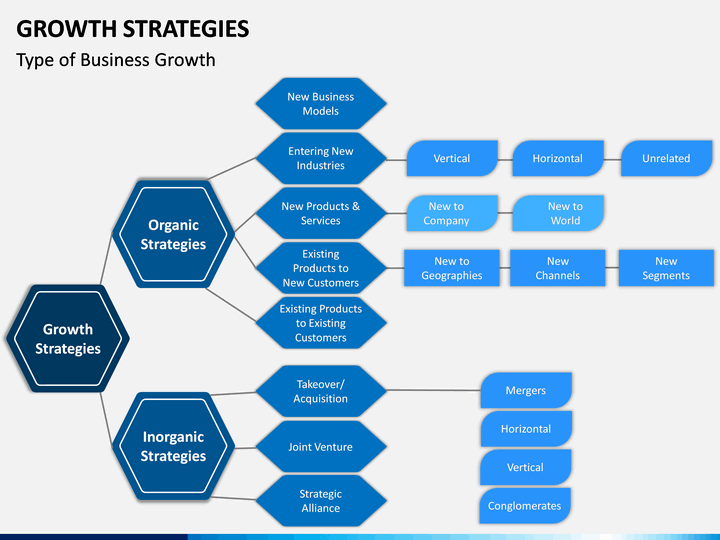What is NOT Growth Hacking: Myths vs. Facts


Growth hacking has become a regular topic among start-ups today as more and more companies seek the easiest route to exponential growth. It is no surprise that the term has spawned a wide range of myths from individuals who are either misinformed or just trying to pass their services as shortcuts for rocketing growth.
If left unchecked, misconceptions can poison perception and attitudes to the extent that an important concept such as growth hacking is reduced to just another empty buzzword. This article is about setting six of the most common growth hacking fallacies apart from the facts.
Myth #1: Growth hacking is a cheat sheet for growth
FACT: It’s more of a mindset than cheating.
Some evangelists of growth hacking have sold the idea as magical dust over hard work, making it seem like a secret recipe for delivering unbelievable, inevitable, and raving growth for a startup. As expected, most of them are usually trying to sell training programs and tools by making it sound like they have a super-secret formula that will help you garner lightning-speed results.
Truth is, there is absolutely no magical formula or backdoor to growth hacking. The only secret lies in developing a mindset that focuses on what others fail to see as important for growing the business in the long run.


With an endless list of directions that a product can take in the market, growth features often tend to get under-optimized until the time when they matter the most. For a growth hacker, however, growing is the main consideration every step of the way.
Jesse Farmer, the founder of DevBootcamp, says his ideas are always like basic product marketing because there’s never a specific trick. 500 startups’ founder Dave McClure pointed out that most founders put a lot of emphasis on building the product when actually a startup faces the most risk when it gets to the distribution part.
Myth #2: Growth hacking is another term for marketing
FACT: The goals of marketers and growth hackers often overlap but the tactics are different.


Growth hacking most certainly acknowledges marketing goals (among others) but goes beyond just that. Growth comes from a carefully executed data-driven strategy rather than a marketing strategy. However, growth hackers are basically involved in everything concerning the product – from design and engineering to marketing and user feedback.
A growth hacker stimulates growth through refinement of the product experience, user-focused design, exploring growth surfaces, and any other means that result in true growth. They try to get as much product engagement and “virality” as possible from users. It should never be mistaken for the classical inbound and outbound marketing strategies.
Myth 3: Growth hacking is a quick fix for your product’s problems
FACT: Growth hacking involves anything but a quick fix. Rome wasn’t built in a day. Remember?
You cannot use growth hacking techniques to solve systemic product issues overnight. Growth is more of an iterative process that requires a lot of hard work and careful planning.
What’s more, you cannot use the strategies for one startup to create viral-type growth for another.
Growth hackers look past conventional assumptions to identify unique growth opportunities that have the potential to deliver outstanding results. It could involve making changes to the current products or processes, which is not usually a simple or instantaneous decision. As a growth hacker, you want to combine a series of modest improvements that will result in user retention and growth in the long run.
There will be a lot of testing but if you are searching for a growth hacker to hire, don’t accept someone just because they can do A/B tests and focus on the local maxima. What will bring you success is a person who can ask the deeper questions and establish a growth path for your product that is sustainable in the long run.


It’s by asking and answering those deeper questions as well as focusing on moving metrics and making fast iterations that you’ll be able to steepen the learning curve as a growth hacker. In essence, it is like a cycle of learning, iterating, and testing until you find techniques that work for your specific line of business. The growth aspect is not going to be fast, but the learning has to be.
A former member of the growth team at Dropbox – Ivan Kirgin – once compared it to making high-yield investments in the stock market. He said, “if there was a formula, those who knew it won’t share. I think all these growth hacking strategies are about creating a process that enable you to learn as much as possible, as fast as you can to increase the likelihood of winning.”
Myth#4: Growth hackers are simply DIY coders
FACT: A lot of growth hackers understand code, but many others don’t.
When Sean Ellis, the founder of Qualaroo, coined the term “growth hacking”, he only meant to reflect what he called “an attitude of scrappiness”. He went on to explain that a growth hacker is someone who finds a way to ‘hack’ the movement of metrics.
The truth is that you don’t have to be a coder to be a growth hacker. Anyone can become a successful growth hacker if they set their mind to finding an advantage in product distribution that others fail to see. The ‘hacker’ part implies that you need to be a constant hustler who gets things done quickly. Not a coder.
Myth #5: Growth hacking is a new thing
FACT: Growth hacking has been around way before the term for it was invented.
Many businesses were already using strategies akin to growth hacking long before Sean Ellis named it. Facebook, LinkedIn, Hi5, Bebo, and even McDonald’s growth hacked their way up at some point. McDonald’s! That’s right. Growth hacking isn’t for startups only.
Technically, when McDonald’s realized their food services would appeal more to travelers who needed a quick meal and thus started opening a branch at every interstate highway, they were growth hacking. That was way back in the ‘50s. So, growth hacking has been around for a long time and isn’t applicable to startups exclusively.
Myth #6: Growth hacking can be done by an individual
FACT: A growth hacker is part of a team and not a lone ranger.
Growth is a step-by-step process that depends on whichever stage the company is. Long-term growth cannot come from one part of a company. Businesses that do well in the market have a growth team to test every stage of the company.
And, different stages will often require different types of growth teams. Even if there is one man pushing everything behind the scenes (i.e. the founder), they have to be team players to ensure sustainable growth is achieved.
Conclusion
Growth hacking is more about changing the mindset and culture of a company so that every decision is made with long-term growth in mind. It wasn’t created for startups only, and neither is it a coder’s thing.
Anyone in any kind of business can practice growth hacking. The most important thing is that you are ready to work hard, be patient, and keep learning as fast as you can. Whether you want to be a growth hacker or you are looking to hire someone, now you know what isn’t growth hacking.









